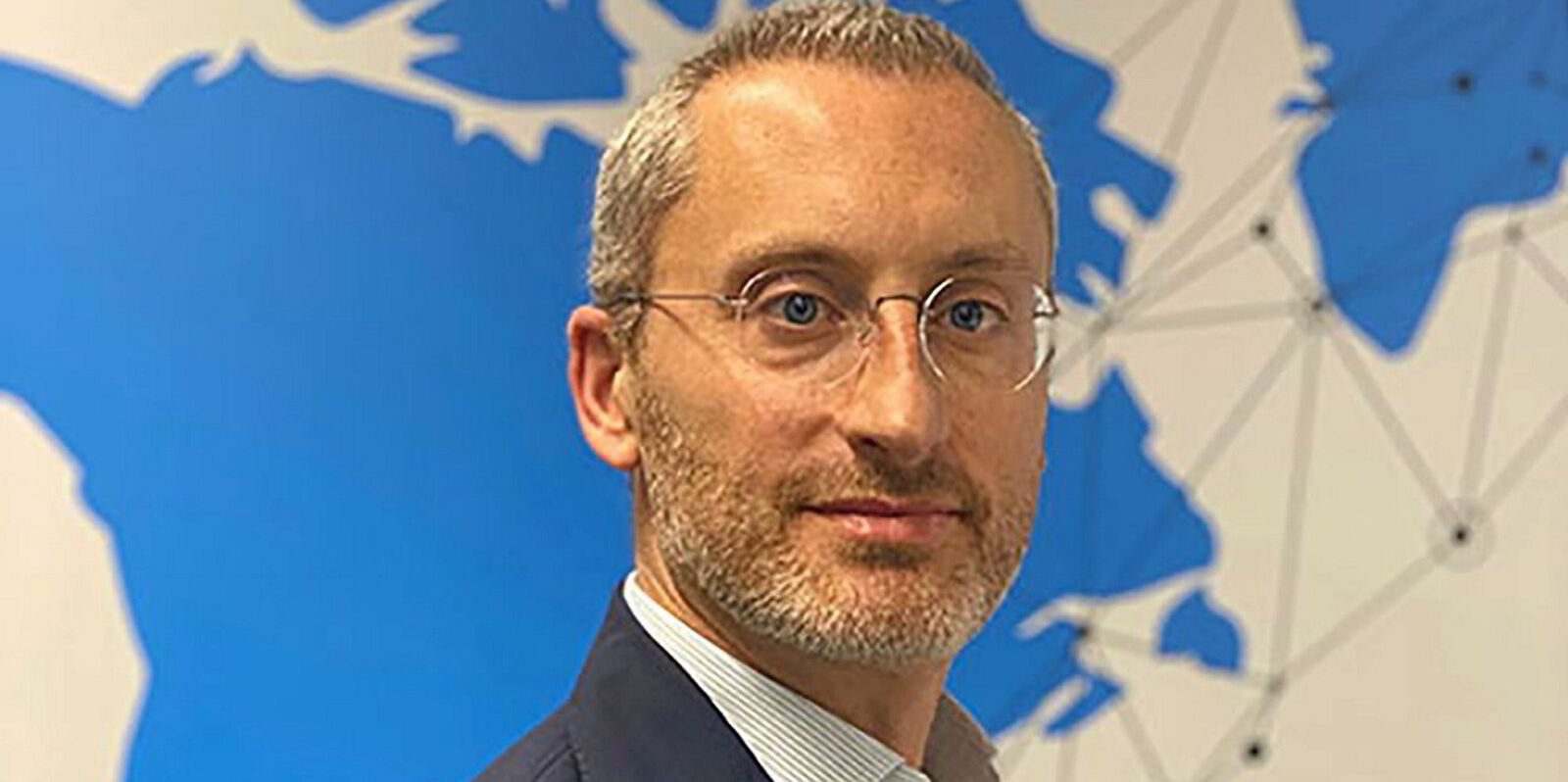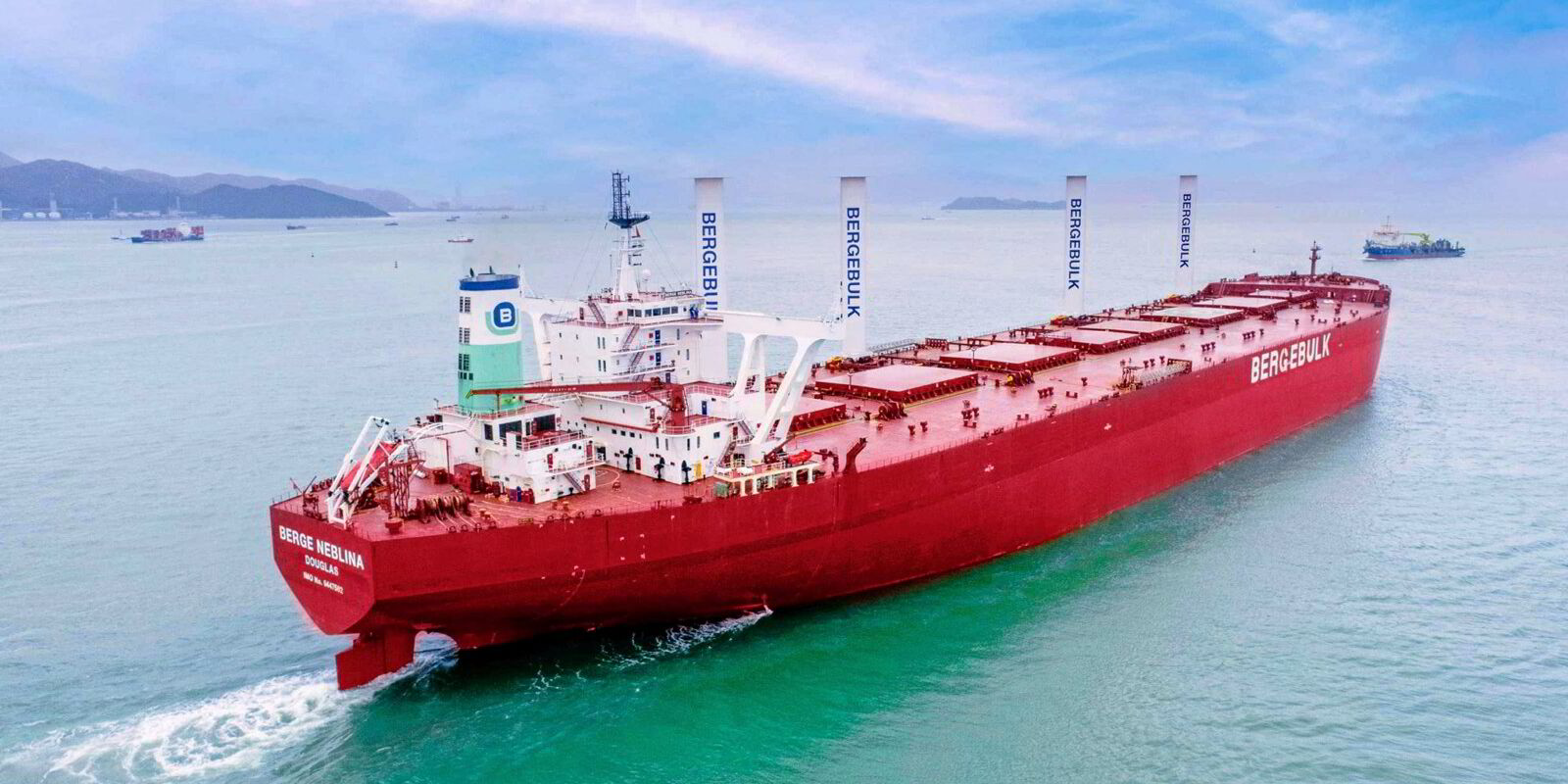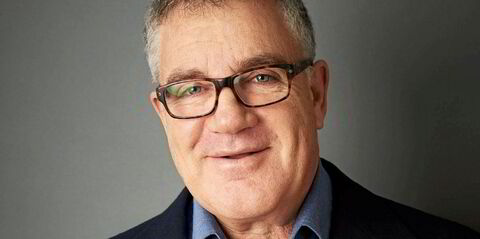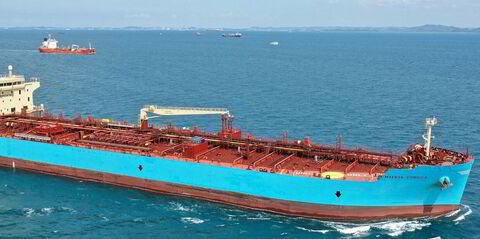The one place technology companies want to be found is on a shipyard’s makers’ list.
The list details approved technologies for ship designs. Inclusion helps avoid the high costs associated with unfamiliar technology and this is why many companies are forging strong ties with shipyards in China and South Korea.
The makers’ list can be hundreds of pages long, and for each component on a vessel, there could be three or four technology options.
If a wind assist solution or underwater lubrication maker’s technology is not on the list, the owner may have to arrange for it to be installed itself or negotiate with the yard.
When Sweden’s Terntank takes delivery of its five state-of-the-art newbuildings, which will have Econowinds suction sails installed, the vessels will sail to Europe ahead of installation, they will not be installed at China Merchants Jinling Shipyard in Yangzhou.
This is why European companies like BAR Technologies, Alfa Laval and Norsepower are securing their positions by partnering with yards in China and South Korea, and in the case of BAR and Norsepower started to build their systems locally.
Last year, Alfa Laval bought Netherlands-based underwater air lubrication technology Marine Performance Systems and renamed it OceanGlide. Earlier this year, it signed a memorandum of understanding with K Shipbuilding to ensure the yard “has a tool to offer shipowners and will be an option should they want it”, according to Alfa Laval president Anders Lindmark.
Alfa Laval, with its long history of working with yards, recognises the importance of closely collaborating with both shipyards and shipowners, especially when introducing new solutions like air lubrication.
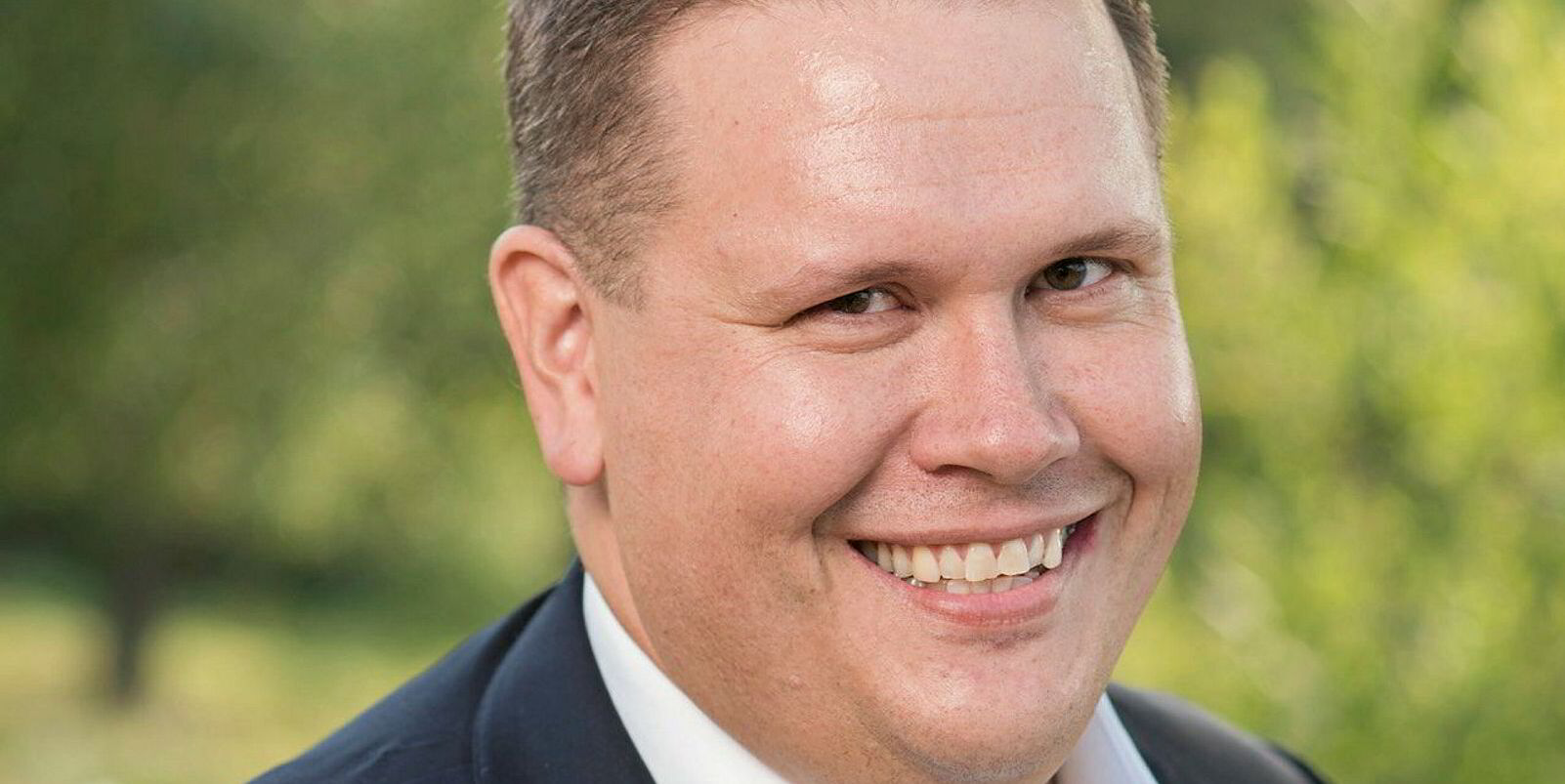
The final decision will depend on the shipowner’s preference and the technology’s fit, he said.
“In the end, there is a makers’ list procedure and there will be other technologies for the owner to choose from. We are not part of that procedure, so an MOU does not prevent the normal makers’ list process, but it does give the yard product knowledge to talk to shipowners,” he explained.
A challenge for technology providers is that shipyards may offer their own, often cheaper, versions of technologies. This again emphasises the need for technology companies to establish strong relationships with owners and ensure the value of their solutions.
This is also echoed by wind propulsion makers Norsepower and BAR.
Both have opened up manufacturing sites in China. For BAR, its wing design systems are being built under licence at a facility owned by TSC, an offshore engineering subsidiary of China Merchant Energy Tech.
CMET is itself a division of China Merchants Industry, as is shipbuilder China Merchants Heavy Industries.
CMET will manage the production and delivery of BAR’s wing system “at the right price”, according to the company.
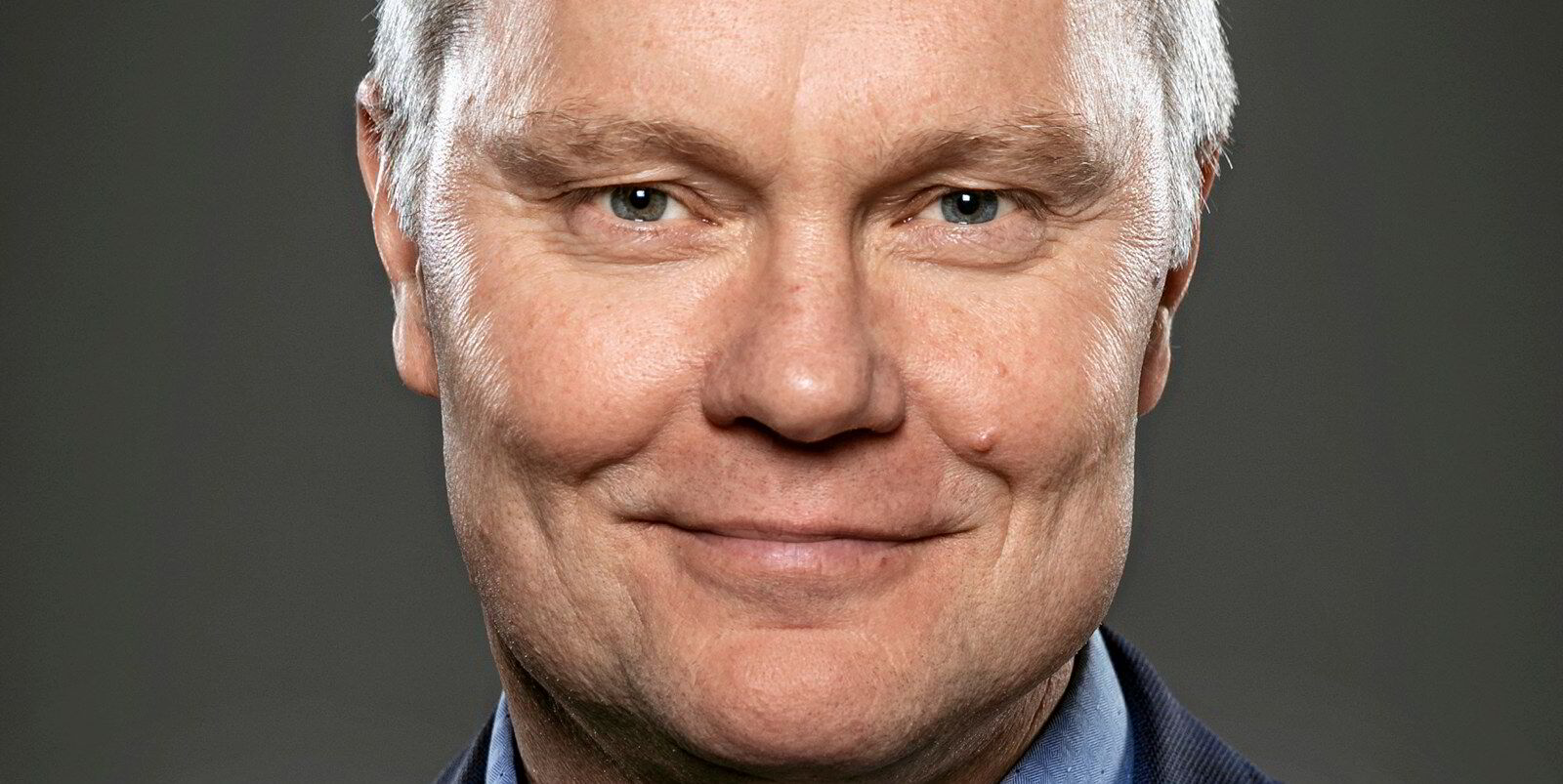
Norsepower has taken a different route in gaining proximity to Asian shipbuilders and launched Norsepower China. The subsidiary is an assembly and testing site about 300 km north of Shanghai where Chinese sub-suppliers deliver components for the rotor sail to be assembled and sent by sea from the port of Dafeng to yards where Norsepower has contracts.
“The big yards who produce a lot of ships every year have standardised designs and they do not want to keep on making changes,” said Norsepower chief customer operations officer Jukka Kuuskoski.
“So there needs to be motivation from the owner for the yard to make a design optimised for a rotor sail.”
There is still a lot of work as the detailed design is worked out, he added. Challenges such as structural modifications, deck space allocation and power plant capacity must all be addressed with a yard that may be unfamiliar with the technology.
To avoid delays and ensure on-time delivery, technology companies must build confidence in their new solutions among shipyards. A growing trend shows yards seeking joint projects with cleantech firms, but timely delivery remains critical.
“We have already experience with this as we started with joint development projects with Samsung, Hyundai and DSME, now Hanwha Ocean,” said Kuuskoski.
“We worked with the South Korean yards to get approval in principle from classification societies and soon after that the Chinese shipyards for similar projects.”

Competition and IP
TradeWinds has learned that some Chinese yards are developing their own wind propulsion systems, which can be more appealing due to tailored designs.
To remain competitive, companies like Norsepower need to have a unique selling point to remain competitive.
“We need to make sure our brand and products are appreciated in the market and we are a preferred supplier for the shipowners,” said Kuuskoski, pointing to the need to have sales references and customer support set up.
“It is not always a price competition, but a need to look at the whole life of the wing for the ship.”
Norsepower has no intellectual property rights over the Flettner rotors, a technology invented by German engineer Anton Flettner in the 1920s.
But it does have a portfolio of patents, Kuuskoski said, that will protect it.
While other companies may focus on manufacturing the hardware, he added, the true value of the Norsepower system lies in the data it collects and the control system that can be fine-tuned and advanced.
“That and the post-delivery optimisation of operations when the vessel is in service. This is not something one can do by copying a product.”


